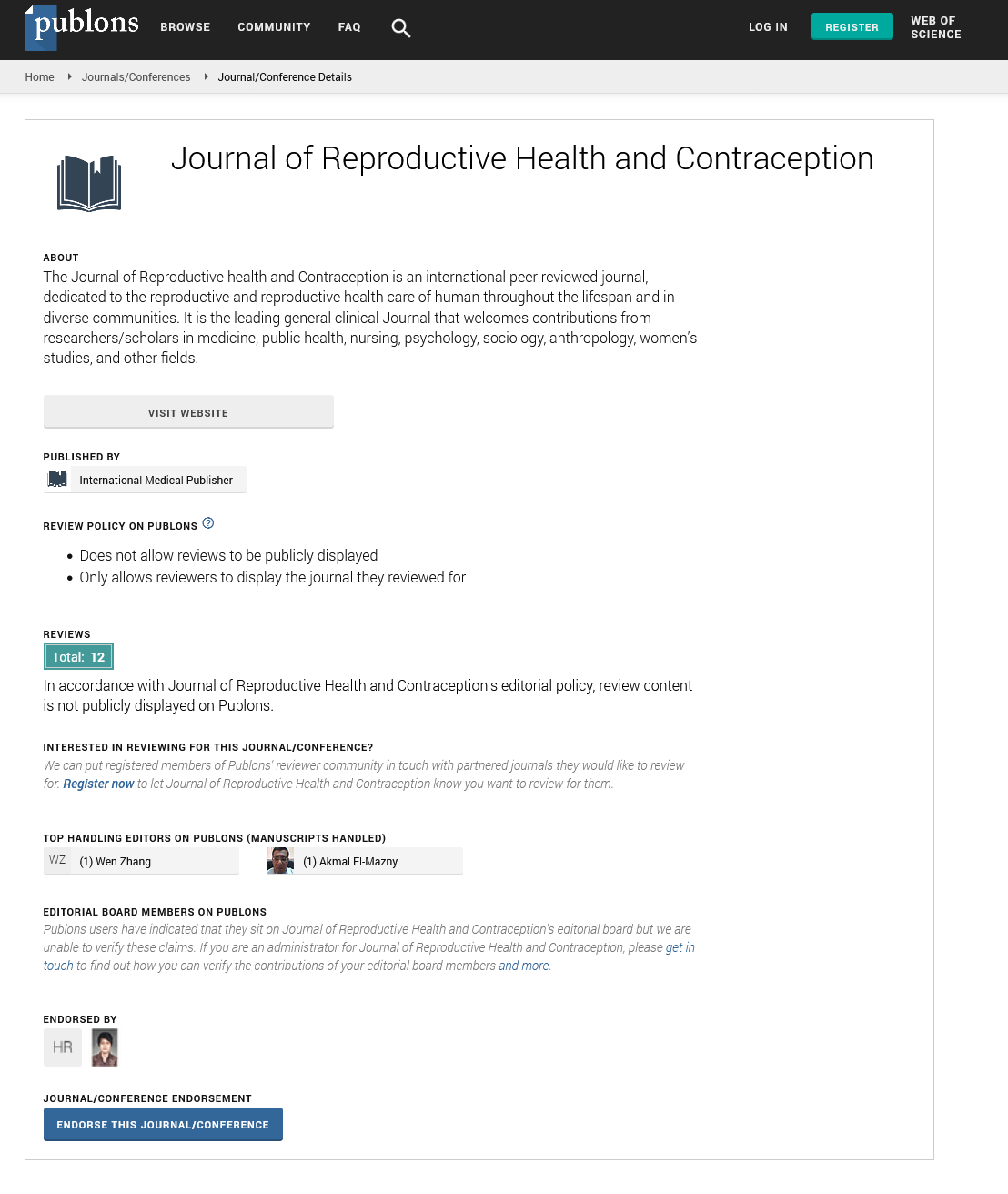Abstract
Explaining Unmet Need for Family Planning in Rural Tigrai, Ethiopia
This paper examined factors associated with unmet needs for family planning among married women in rural Tigrai, Ethiopia using cross-sectional primary data collected from married women age group 15-49 years (n=1240) in 2014. A logistic probability distribution approach was used for the statistical analysis. The total unmet need for family planning among married women was 31.5 percent, of which 17.5 percent accounted for childbirth spacing and 14.2 percent for limiting childbirth. Findings of regression analysis revealed that unmet needs were higher among married women fertile age group (34ÃÆâÃâââ¬Ãâââ¬Ë44 years). Results indicated that women’s age, number of living children, women’s employment status, open discussion of family planning with partners, women’s and partner’s education levels were significantly associated with unmet needs. Improving women’s and partners’ access to education and encouraging open discussion family planning among partners could substantially enhance use of family planning and consequently reduce unmet needs to an optimal level.
Author(s):
Yibrah HG and and Gabriel TW
Abstract | Full-Text | PDF
Share this

Google scholar citation report
Citations : 201
Journal of Reproductive Health and Contraception received 201 citations as per google scholar report
Journal of Reproductive Health and Contraception peer review process verified at publons
Abstracted/Indexed in
- Google Scholar
- China National Knowledge Infrastructure (CNKI)
- WorldCat
- Publons
Open Access Journals
- Aquaculture & Veterinary Science
- Chemistry & Chemical Sciences
- Clinical Sciences
- Engineering
- General Science
- Genetics & Molecular Biology
- Health Care & Nursing
- Immunology & Microbiology
- Materials Science
- Mathematics & Physics
- Medical Sciences
- Neurology & Psychiatry
- Oncology & Cancer Science
- Pharmaceutical Sciences


